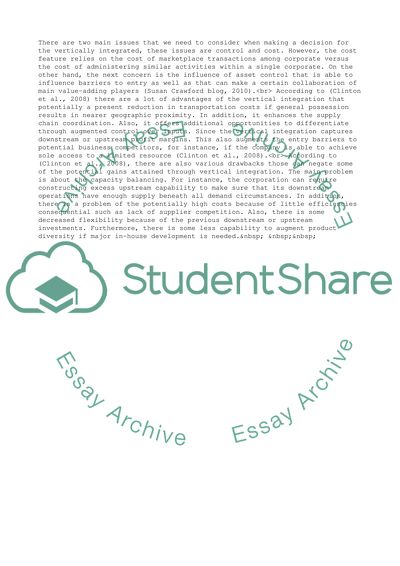Cite this document
(“Supply Chain Management, Vertical Integration and Horizontal Research Paper”, n.d.)
Supply Chain Management, Vertical Integration and Horizontal Research Paper. Retrieved from https://studentshare.org/management/1733359-logistics-information-systems
Supply Chain Management, Vertical Integration and Horizontal Research Paper. Retrieved from https://studentshare.org/management/1733359-logistics-information-systems
(Supply Chain Management, Vertical Integration and Horizontal Research Paper)
Supply Chain Management, Vertical Integration and Horizontal Research Paper. https://studentshare.org/management/1733359-logistics-information-systems.
Supply Chain Management, Vertical Integration and Horizontal Research Paper. https://studentshare.org/management/1733359-logistics-information-systems.
“Supply Chain Management, Vertical Integration and Horizontal Research Paper”, n.d. https://studentshare.org/management/1733359-logistics-information-systems.


